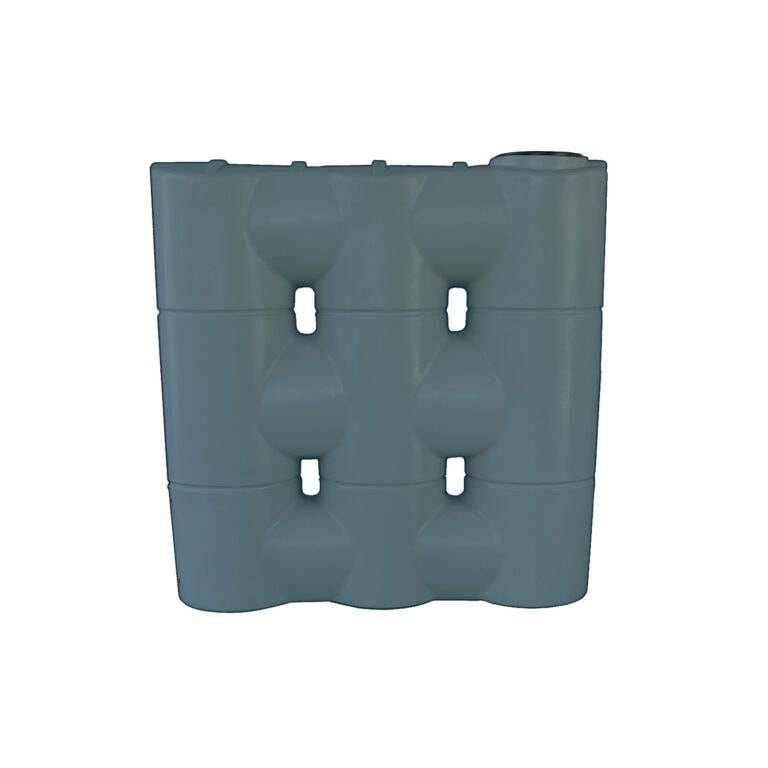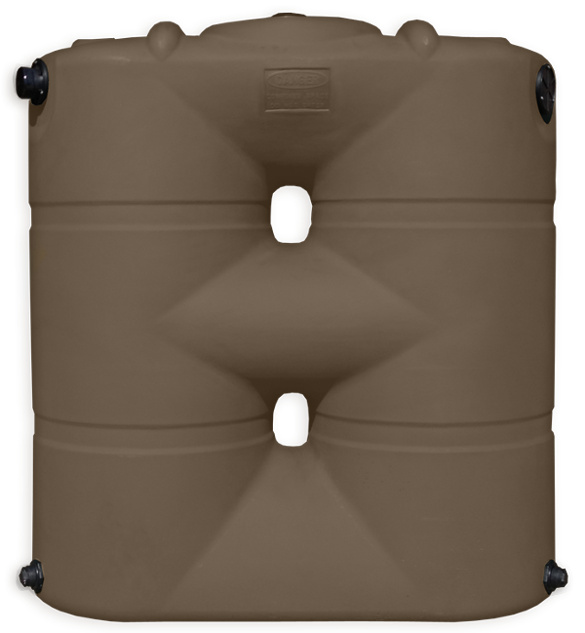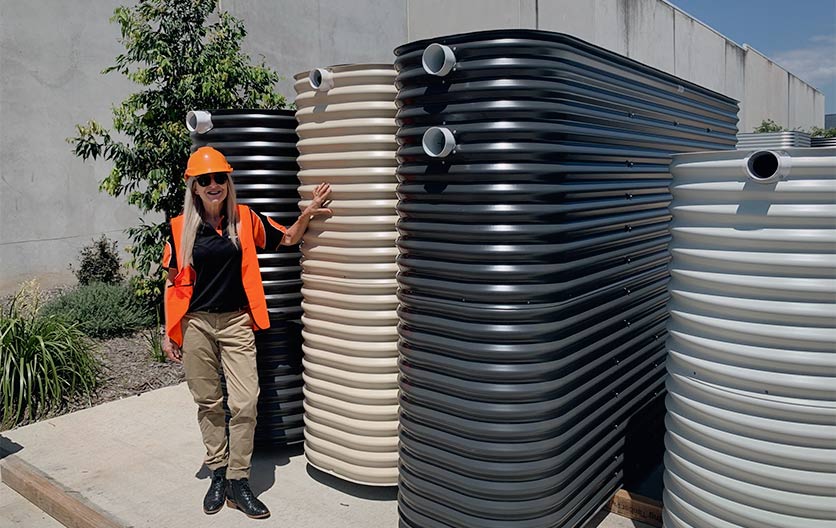Premium Slimline Water Tanks: Effective and Space-Efficient Solutions
Premium Slimline Water Tanks: Effective and Space-Efficient Solutions
Blog Article
Comprehending the Importance of Rain Storage Tanks in Drought-Prone Regions for Water Safety And Security
In regions prone to extended dry spells, the function of rainwater containers in reinforcing water security is a subject of growing value. As communities face the difficulties of water deficiency, comprehending the significance of these storage tanks exceeds simple collection of rainwater. Rain tanks act as a vital device in mitigating the influence of water shortages by giving a sustainable resource of water for various needs. The true worth of rain tanks expands far beyond simple storage; it incorporates resilience-building steps and the promo of long-lasting water conservation methods. This multifaceted approach to water protection warrants a closer assessment of the duty rainwater containers play in ensuring a trustworthy water supply during times of dry spell.
Advantages of Rain Containers
Utilizing rain containers uses a sustainable solution for boosting water supply and improving water safety and security in residential and business setups. One of the primary advantages of rain tanks is their capacity to decrease dependency on keys water supply.

Rain Harvesting Methods
Rain gathering strategies incorporate a variety of approaches created to successfully collect and store rainwater for various purposes, adding to water preservation and sustainability. One typical method is the setup of rooftop catchment systems, where rainwater is collected from the roof of a building and directed to a storage container. This approach is fairly basic and economical. One more popular strategy is using above-ground or below ground storage tanks to save rain for later use. These containers can be found in various sizes and materials to match different needs and can be attached to the existing pipes system for easy access.

In addition, rain yards and absorptive pavements are ingenious strategies that involve landscaping or paving surface areas in a means that allows rainwater to percolate right into the ground, restoring groundwater reserves. Additionally, contour farming and terracing are farming techniques that help catch rain and prevent soil erosion in uneven surface. By implementing these diverse rainwater harvesting methods, neighborhoods can boost water security and resilience in drought-prone regions while advertising lasting water monitoring practices.
Value of Water Protection
Ensuring reputable access to clean and enough water sources is extremely important for sustaining human health, economic advancement, and ecological health. Water protection is a crucial element of societal durability, especially in areas prone to dry spells and water deficiency. Ample water protection incorporates different dimensions, consisting of availability, high quality, and accessibility of water for residential, farming, commercial, and ecological requirements.
Water safety plays a vital function in promoting public health by reducing the frequency of waterborne conditions and making sure cleanliness facilities. Financially, water safety is vital for agricultural performance, commercial operations, and total financial growth. Slimline water tanks. Water protection is carefully connected to ecological sustainability, as it supports ecological communities, biodiversity, and general ecological equilibrium.
In drought-prone regions, water security ends up being even a lot more crucial look at this website as a result of the increased threat of water shortages. Applying techniques like rain harvesting, water recycling, and efficient water monitoring practices can substantially enhance water safety in these locations. By prioritizing water safety, communities can better hold up against the effects of environment adjustment, population development, and various other challenges that endanger water schedule.
Enhancing Water Resilience
With boosting international water challenges, developing strength in water supply has ended up being a web link critical focus for sustainable advancement initiatives. Enhancing water strength involves carrying out strategies to make sure water schedule and quality in the face of altering ecological problems, such as dry spells, floodings, and pollution.
One key element of improving water strength is advertising making use of rainwater tanks in drought-prone regions - Slimline water tanks. Rain storage tanks work as an effective means of capturing and keeping rainwater for later use, minimizing dependence on limited freshwater resources throughout completely dry periods. By incorporating rainwater harvesting systems right into water management plans, communities can boost their ability to endure water scarcity and maintain water protection

Sustainable Water Conservation
Among rising water challenges, the sensible management of water sources through sustainable conservation techniques is crucial for ensuring long-term environmental security and social well-being. Sustainable water preservation requires the efficient use water sources to fulfill present demands without jeopardizing the ability of future generations to fulfill their very own requirements. By applying strategies such as rain harvesting, greywater recycling, and water-efficient modern technologies, communities can minimize water wastefulness and alleviate pressure on freshwater resources.
Additionally, this article lasting water preservation practices contribute to ecosystem health and wellness by preserving ample water degrees in rivers, lakes, and marshes, sustaining biodiversity, and maintaining all-natural habitats. These practices also play a vital duty in reducing the influences of climate change by assisting to adapt to altering precipitation patterns and water availability.

Conclusion
Finally, rain tanks play a vital role in enhancing water safety and security and strength in drought-prone regions. By utilizing rainwater harvesting strategies, neighborhoods can minimize their reliance on standard water resources and promote lasting water preservation practices. This not only assists alleviate the influences of water scarcity during droughts but likewise adds to lasting water protection and resilience in the face of climate modification difficulties.
Report this page